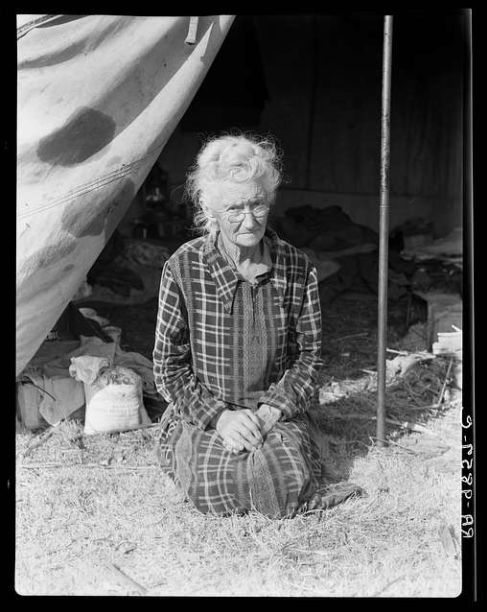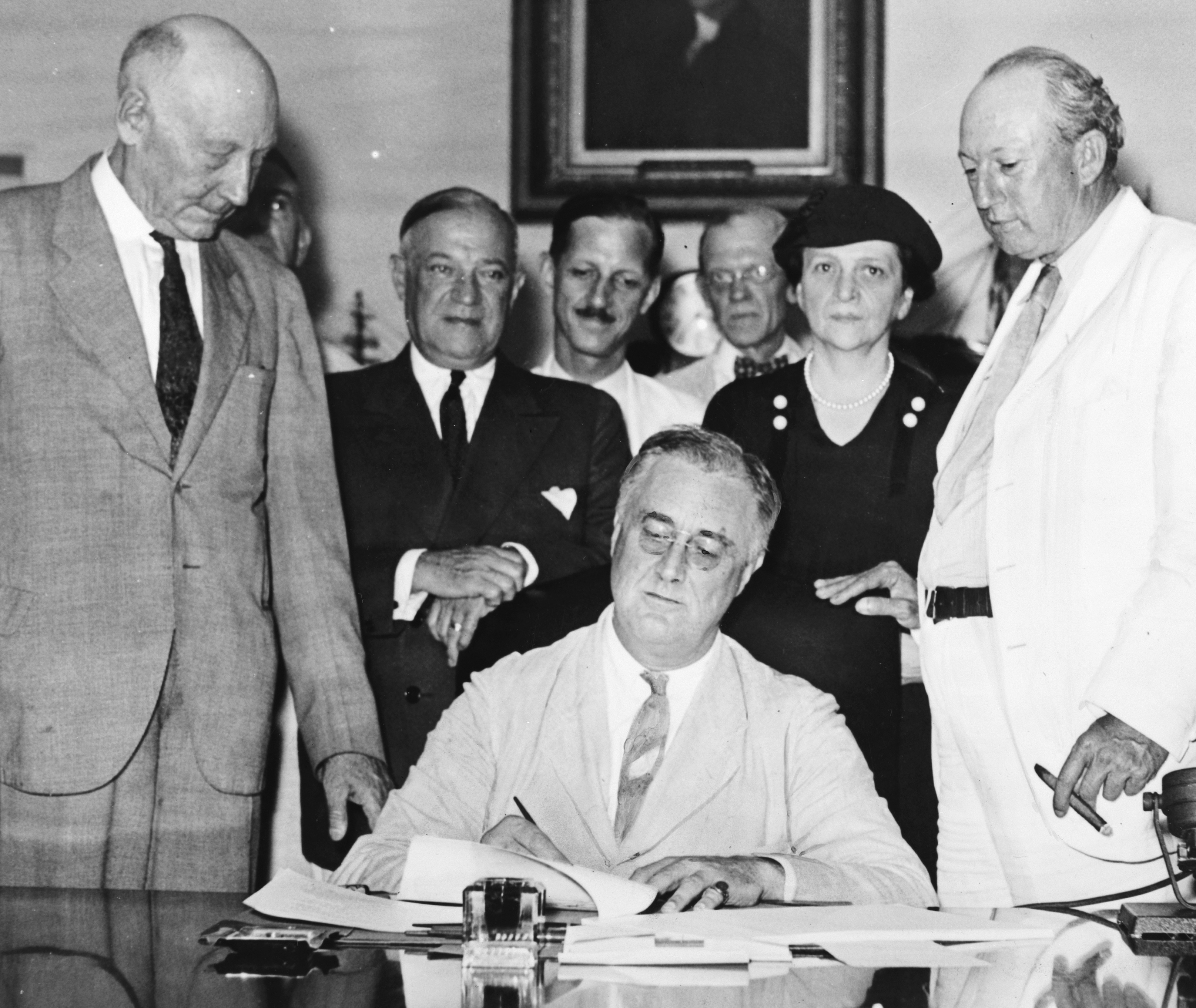AARP Hearing Center

AARP is fighting to keep Social Security strong for you, your family and future generations
AARP is hearing from thousands of older Americans who are confused and concerned about their Social Security. They are asking if Social Security will continue to make the payments they’ve earned, if claims will be processed on time, and if they will have access to the help they need—when they need it.
We’re urging Congress to protect and save Social Security. After all, we earn our Social Security through a lifetime of hard work.
It’s time to speak up right now so that lawmakers can hear us loud and clear. Tell your members of Congress: Social Security must be protected and saved!
Social Security in Montana
Hundreds of thousands of Montanans receive Social Security that they've earned through a lifetime of hard work. More than one in five Montana residents— 258,613 people— receive Social Security. These payments inject more than $5 billion into the state’s economy every year.
Social Security is a guaranteed source of income you’ve earned by paying into the program that helps provide financial security in retirement. For most older Montanans, Social Security is their only reliable inflation-protected income source which helps them keep up with rising prices. What’s more, you can’t outlive the payments.
So it’s no surprise that an overwhelming majority of the public supports the program – and that endorsement crosses party and geographical lines. An AARP survey in 2020 found support for Social Security greater than 90 percent among Democrats, Republicans, and Independents.
But Social Security is facing a funding shortfall that must be addressed so we can protect it for every Montanan.
If politicians don’t take action in the next 10 years to save Social Security, your Social Security could be cut by 20%, an average of $4,000 a year.
For most retirees, Social Security is their largest source of income. The average retired worker payment in Montana is now $1,817 per month.

It’s hard to overstate the impact of Social Security. Before its creation in 1935, it’s estimated that roughly half of seniors without income and savings lived in poverty, dependent on family or the poorhouse, a horrific institution where residents lived in squalor and were known as inmates. Social Security addressed this injustice by recognizing that certain changes in life – retirement, illness, injury, and death – can cause a family’s income to plunge through no fault of their own.
From the start, Social Security has always been linked to work. You earn Social Security by working and contributing to the program for a period of years. Most of the U.S. workforce is now covered by the program, which is largely financed by workers’ payroll taxes. This is different from other programs that are supported by general tax revenues and pay benefits only to certain individuals.

Over time, Social Security expanded its safeguards for what Franklin Delano Roosevelt called “the hazards and vicissitudes of life.” Reflecting its social insurance mission, recipient categories were added for spouses of workers and retirees, survivors of workers who die, workers with disabilities, and their immediate family members. Today more than 66 million Americans of all ages receive Social Security.
Another distinctive trait of Social Security is that your payments are guaranteed. They don’t rise and fall with the stock market or depend on your employers’ decisions. Social Security payments are calculated based on your highest 35 years of earnings and your age when you or your dependent starts collecting Social Security.
In the 1970s, Congress took the significant step of making inflation protection a regular feature of Social Security by adding a cost-of-living adjustment. For example, in 2023, retirees saw a record 8.7% COLA and a more modest 3.2% bump in 2024. In 2025 retirees will only receive a 2.5% boost.
For all these reasons, Social Security stands out as a great and popular success. Data from the Social Security Administration tell this story quite clearly:
Who Receives Social Security Benefits in Montana:
- Retirees: The largest group of recipients in Montana are its 203,563 retired workers, who account for 78.7% of all Social Security recipients in the state.
- People with disabilities: Montana has 23,073 residents who receive Social Security disability income, representing 8.9% of the state’s Social Security recipients.
- Spouses and survivors: In Montana, 19,077 spouses, former spouses, widows, widowers, and parents of deceased recipients account for 7.4% of the state’s Social Security recipients.
- Children: An additional 12,900 children, representing 5.0% of the state’s Social Security recipients, receive income.
Positive Impact of Social Security in Montana:
- Economic engine: Annual Social Security payments to Montanans pump $5.1 billion into the state economy, with $4.1 billion paid annually to those receiving retirement benefits and their eligible family members, $550 million via survivors payments, and an additional $450 million paid through the disability program. Recipients buy goods and services with their Social Security income, increasing business sales—which help not only the companies making those sales but also the firms that supply them. The result is more jobs and income to businesses and workers in Montana.
- Reduced poverty: Social Security lifted 64,000 Montanans 65 or older out of poverty from 2021 through 2023. In fact, 37.3% of the state’s residents in this age group would be in poverty but for Social Security benefits; that number falls to 9.4% when Social Security income is included. Nationally, the program lifted 16.3 million people 65 and older out of poverty.
Reliance:
- At least half of income: 96,364 Montana residents, or 42% of individuals 65 and older, live in families that rely on Social Security for at least half of their income.
- More than 90% of income: 39,185 Montana residents, or 17% of individuals 65 and older, live in families that rely on Social Security for at least 90% of their income.
Download a Social Security in Montana fact sheet here >>
Of course, our society has changed a great deal since Social Security’s birth in the Great Depression. Yet by some measures, the program is becoming even more important in the 21st century.

Increased longevity keeps adding to the cost of retirement. Prices for basic necessities continue to rise. Many Americans have little or no savings, and employer-paid pensions are increasingly scarce. More seniors are single and lack family support.
Given these realities, we must keep Social Security strong. Social Security is income you have earned and can depend on, and this is as important and relevant as ever. We need to give young people the confidence that they will receive the Social Security that they’re earning now through their hard work, just as their parents and grandparents have done.
AARP is urging Washington to find a solution to protect and save Social Security, so you get the money you’ve earned.
Social Security has never missed a payment and AARP will never stop fighting to protect this indispensable earned income, so it stays strong for you, your family and future generations of Americans.
Speak Up for Social Security!
You’ve worked hard and paid into Social Security with every paycheck your entire working life. Join us in sending a loud and clear message to lawmakers: Social Security must be protected!
ADD YOUR NAME
More Social Security Resources from AARP
- What does Social Security mean to you? Share your story.
- Send a Message to Montana's Members of Congress: Protect our hard-earned Social Security
- Social Security Resource Center
- State-Specific Fact Sheets: The Importance of Social Security
- Social Security Solvency Options
- Social Security Calculator: When to apply for benefits
- On-Demand Video Learning Series: How much do you know about Social Security?
- Ask the Expert tool: Have questions on Social Security? Submit your questions here.
- 9 Ways to Strengthen Social Security
- Online Game: Can You Solve the Social Security Challenge?
- Join Our Fight to Protect Social Security – You Earned It
- 5 Common Social Security Myths
- 10 Things to Know About Social Security
































































